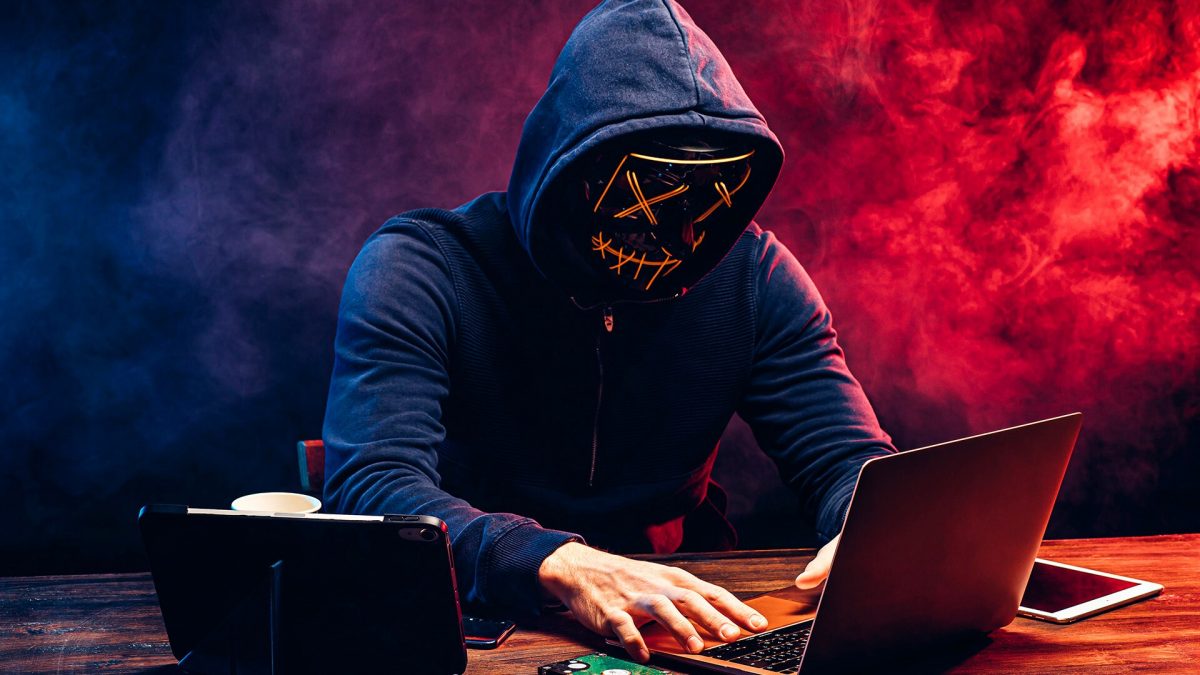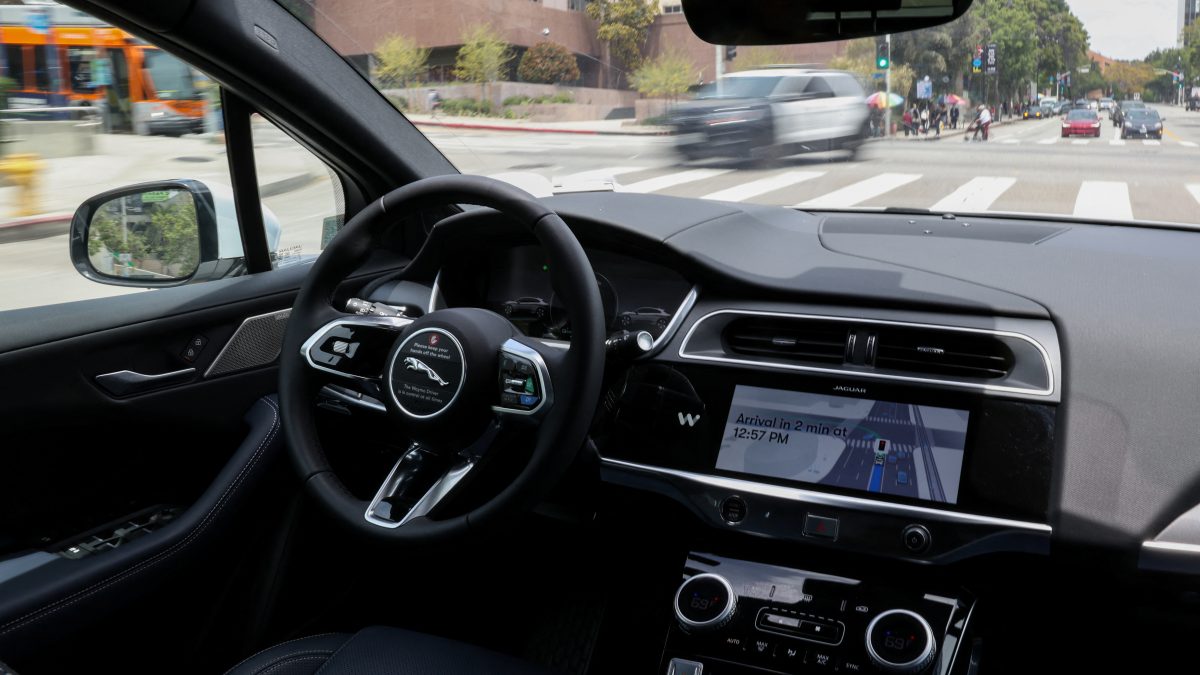Generative AI (GenAI) is quickly becoming a key player in cybersecurity, but not always in the way businesses hope. While it’s helping companies defend against cyberattacks, it’s also being turned against them. A new report from Splunk reveals that hackers are using AI to make their attacks smarter, more frequent, and harder to detect. The technology that’s meant to protect us is also giving criminals new ways to bypass defences, and it’s a growing concern for security teams everywhere.
In fact, the rise of GenAI in both defence and attack is causing a significant shift in the cyber landscape. More than half of security experts (52 per cent) say they’re using AI to tackle cyber threats, but it’s clear that the technology is being exploited on both sides. The gap between how board members and CISOs (Chief Information Security Officers) view the situation is widening, with only one-third of board members recognising the full potential of GenAI. As cyberattacks grow in scale and complexity, security leaders are racing to keep up, all while battling budget limitations and the ongoing skills shortage.
A disconnect on cybersecurity priorities
One of the most striking findings from the report is the disconnect between the perspectives of CISOs and board members. While over half of security experts are prioritising the use of GenAI and other emerging technologies to combat cyber threats, only a third of board members share the same urgency.
This disconnect isn’t just about opinion—it’s also impacting the budgets for cybersecurity. Just 29 per cent of CISOs feel they’re given enough financial support to protect their companies, while 41 per cent of board members believe the budget is sufficient. This mismatch is seen as a significant risk factor, with 64 per cent of CISOs linking a lack of resources to the rise in cyberattacks.
GenAI, a double-edged sword for cybersecurity
While GenAI is enhancing security measures, it’s also empowering hackers. The report highlights how cybercriminals are using AI to refine existing attacks, increase their frequency, and even invent new types of threats.
This ability to evolve and adapt has made AI-powered attacks one of the top concerns for CISOs. In fact, 36 per cent of security professionals say that AI-driven attacks are their biggest worry. The speed and sophistication of these threats are making traditional defences seem less effective, which is pushing businesses to rethink how they protect themselves.
Education and awareness are key
Despite the advancements in AI and technology, human awareness still plays a huge role in defending against cyberattacks. Greg Clark from OpenText Cybersecurity pointed out that employees are the first line of defence against threats like phishing and insider attacks. As cybercriminals grow more sophisticated, training employees to recognise these risks is crucial. Additionally, 91 per cent of security experts are increasing training for legal and compliance teams, ensuring that everyone in the organisation understands the risks and can help mitigate them.
Practical cybersecurity tips for small businesses
For smaller businesses or those just starting to prioritise cybersecurity, simple steps can go a long way. The most important thing is to ensure strong passwords and multi-factor authentication (MFA) are in place—80 per cent of data breaches occur because of poor password management. Make sure your team understands the importance of strong, unique passwords, and consider using password managers to keep them secure. Regular employee training is also essential to help everyone spot potential threats before they cause damage. And lastly, don’t forget to assess the security of third-party vendors. A weak link in your supply chain can expose you to risks, as seen in high-profile attacks involving third-party vulnerabilities.
As cyberattacks continue to evolve, staying one step ahead is crucial. Businesses, big and small, need to prioritise both technology and human awareness to avoid becoming the next target.


)

)
)
)
)
)
)
)
)



